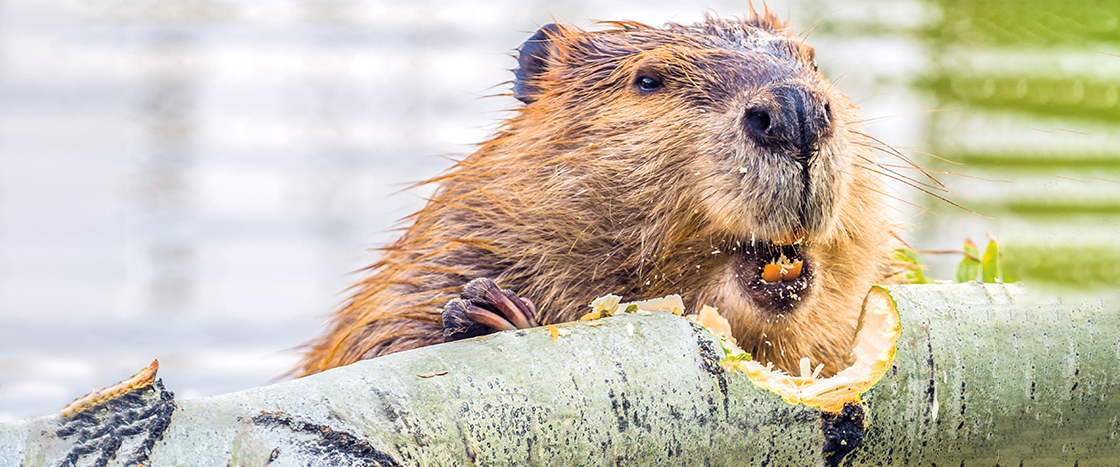Mike Sevigny hikes to the edge of a muddy pond north of Seattle, Washington. He and a team of scientists lower a metal cage smeared with beaver scent into the water. This smell attracts other beavers. If one of the curious critters swims inside the cage and its feet hit a wire, a door swings shut.
Sevigny is the wildlife manager for the Tulalip Tribes, a group of Native American tribes in northwestern Washington. Over the past six years, he and his team have captured about 300 beavers and moved them to different streams. It’s part of an effort to restore wetlands in the area. Caring for nature is a part of the tribes’ cultural heritage.
Mike Sevigny is hiking with a team of scientists. They’re just north of Seattle, Washington. They stop at the edge of a muddy pond. Sevigny lowers a metal cage into the water. The cage is coated with beaver scent. This smell attracts other beavers. The critters are curious. One follows the scent into the cage. Its feet hit a wire. The cage’s door swings shut.
Sevigny is a wildlife manager. He works for the Tulalip Tribes. It’s a group of Native American tribes. Their people live in northwestern Washington. Sevigny’s team has captured about 300 beavers over the past six years. Then the team moves the animals to different streams. It’s part of an effort to restore wetlands in the area. Caring for nature is important to the tribes. It is part of their cultural heritage.

